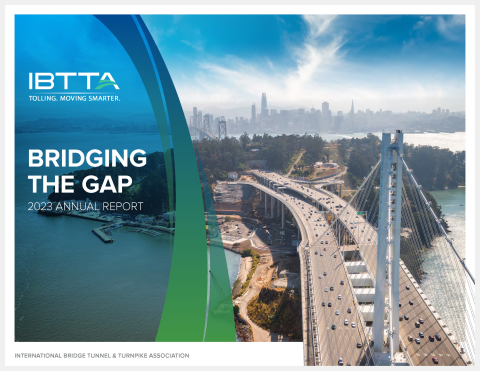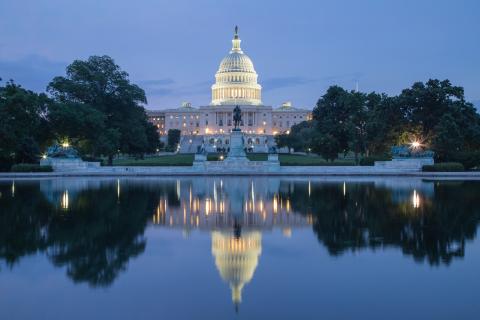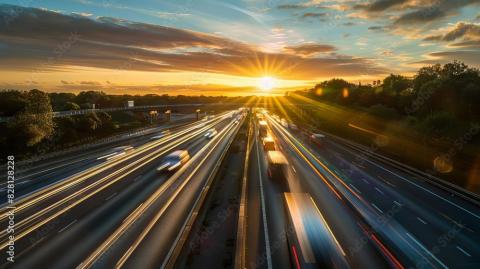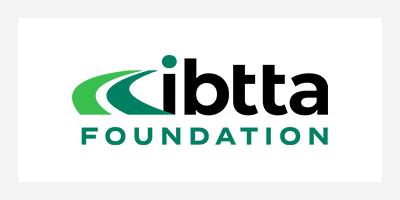- Home
- IBTTA Insights
- Taxpayers, Not Users, Are Paying for Our Roads
Stories
Taxpayers, Not Users, Are Paying for Our Roads


How can anyone claim that gas taxes fund America’s highways when taxpayers pay $600 per household to keep the system running each year?
That’s the provocative question that emerges from Who Pays for Roads, a report released last month by the U.S. PIRG Education Fund and Santa Barbara, CA-based Frontier Group.
“Today, general taxes paid by all taxpayers cover nearly as much of the cost of building and maintaining highways as the gas tax and other fees paid by drivers,” write authors Tony Dutzik, Gideon Weissman, and Phineas Baxandall.
“Many Americans believe that drivers pay the full cost of the roads they use through gas taxes and other user fees,” they note. “That has never been true, and it is less true now than at any other point in modern times.”
With gas revenue stagnating, “the reality of highway finance is moving farther away from the myth of ‘users pay’ with each passing year.” The report offers two options for policy-makers:
- Embrace what the authors call the “pay for what you get, get what you pay for model” by increasing the gas tax or dramatically cutting highway spending, or
- Accept that an ever-higher share of highway spending will be covered out of general tax revenue.
The paper is sharply critical of the way the full cost of driving is calculated. It also questions whether bonds can properly be counted as “user revenue,” and whether toll roads always pay for themselves.
Getting Real About Highway Funding
U.S. PIRG and Frontier Group have done the transportation community a service by countering one of the big myths surrounding highway finance and funding. As Eric Jaffe at The Atlantic CityLab noted in his review of the report, “landing on the moon was still a wild dream the last time gas taxes paid nearly the full cost of our roads.”
The question is whether either of their policy prescriptions will deliver the solutions drivers need to a deepening highway infrastructure crisis.
Behind Door No. 1, we have the options of increasing the gas tax or hacking away at state highway budgets. Congress hasn’t reached agreement to raise the federal gas tax since 1993 (although state legislators have been more active on that front). And further funding cuts would only add to problems with safety, reliability, and congestion that are already a familiar fact of life for too many U.S. motorists, from commuters in California to truckers in New Jersey.
But don’t hold your breath for a general tax increase, either. If a targeted tax is exceedingly challenging in Washington today, a general tax is anathema. And if we really believe that drivers should pay for the roads they use, that isn’t such a bad thing.
An Obvious Answer
Once again, it begins to look like all roads lead back to tolling or some other user fee as a way to fund our highways, bridges and tunnels while accurately representing their cost and value in a way that is visible to users.
As IBTTA has continually maintained, the U.S. infrastructure system is incredibly diverse, and tolling isn’t the right solution in every circumstance. But states should have the flexibility to add tolling to their highway funding toolbox as they see fit.
And if we add fairness to the equation, as U.S. PIRG and Frontier Group have so ably done, that’s when tolling moves closer to the top of the toolbox.

Joining IBTTA connects you to a global community of transportation professionals, offering unmatched opportunities for networking, knowledge-sharing, and collaborative innovation in the tolling and transportation sector.
Follow IBTTA on social media for real-time updates on transportation trends and collaborative opportunities.





